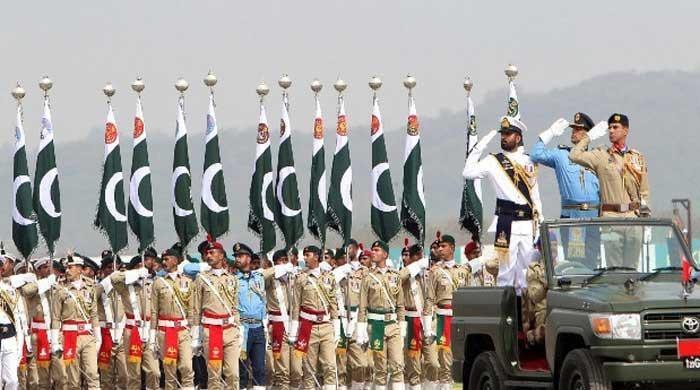Myth number 1: Article 243 is equivalent to “army rule”. Fact: The Army is the most important service in Pakistan’s threat environment. It’s geography, not conspiracy. Yes, the battle space is very extensive on the land level: land threats centered on India, Western counter-terrorism operations and internal security. The “military dominance” argument confuses size with intent. Certainly, unified command is not unitary ownership.
Myth number 2: The CDF (Chief of Defense Forces) model amounts to “uniformed supremacy”. Fact: The CDF model is the global standard for cohesive command because modern warfare rewards unity of command, not committees.
The United Kingdom has a Chief of Defense Staff. France integrates the command through the CEMA (Chief of Staff of the Armed Forces). The U.S. Chairman Joint Chiefs is the principal military advisor. None is a dictatorship. These are democracies that optimize the speed of the battlefield.
Myth #3: A CDF from the military would control transfers, assignments and promotions in the Air Force and Navy, creating resentment and affecting morale. Fact: The amendment does not rewrite departmental promotion boards, career pyramids, or internal chains of command. It places operational coordination in a single node, not human resource control of the Air Force or Navy.
Myth number 4: Article 243 is “person-specific”. Fact: Armies don’t rewrite commands to praise a general. Nations rewrite their leadership when the specter of threats accelerates beyond bureaucratic layers.
Attributing structural military reform to a single individual is analytically weak and historically superficial. Command reform requires years of planning, interagency study, and threat modeling.
Myth number 5: Constitutional anchoring equals “rigidity”. Reality: Constitutional anchoring is synonymous with stability and not rigidity. Defense command should not change every election cycle, ministry or crisis. When a state locks itself into a command structure, it signals continuity to allies and superiority to rivals.
Myth number 6: Ending the CJCSC means ending the unit. Fact: Ending CJCSC means ending duplication, not joining. The truth is that the CJCSC never ordered troops or war plans. Interdependence occurs through integrated planning and unified command – not through an unused title. Removing redundancy strengthens joint operations.
Myth number 7: Section 243 reduces civilian control. Reality: Civilian control remains where it has always been: with the Prime Minister. Article 243 (amended) changes internal military wiring, not democratic control. The speed of combat does not eliminate civilian supremacy. Section 243 changes how the military fights, not who it answers to. Improved command does not mean diminished oversight.
In short, Article 243 is not about “who leads the army”; it’s about “how wars are fought” in an age where missiles, drones, and cyberattacks move faster than committees can meet.
Section 243 is not about power; it’s a question of speed. Modern wars are won through clarity of command, not committee consensus.
The writer is a columnist based in Islamabad. He posts @saleemfarrukh and can be contacted at: [email protected]
Disclaimer: The views expressed in this article are those of the author and do not necessarily reflect the editorial policies of PK Press Club.tv.
Originally published in The News




